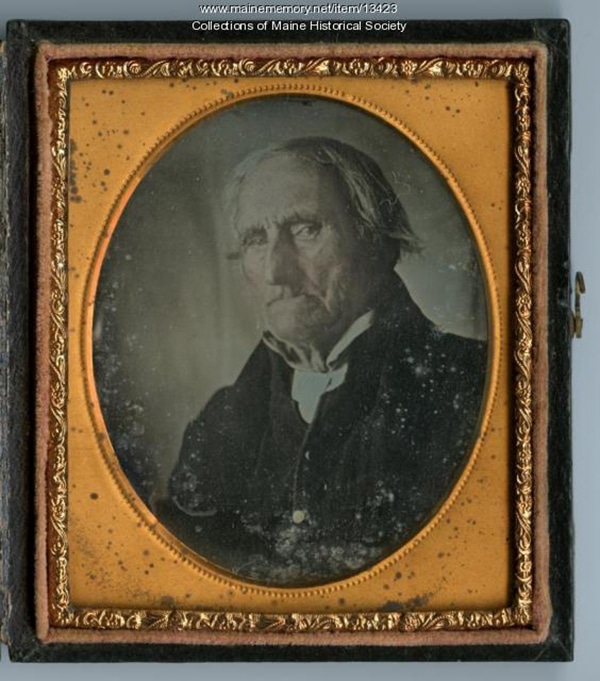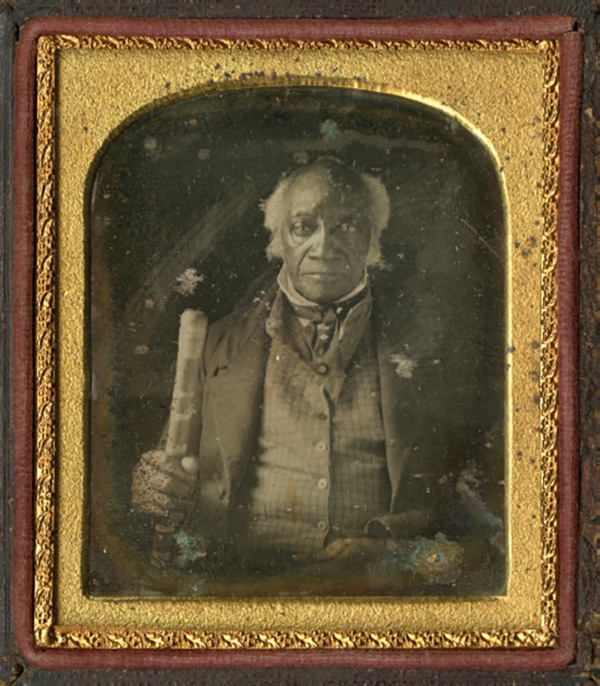While etchings, paintings, and sketches remained commonplace, theearliest photographic portraitsbegan to be captured on daguerrotype plates.
This new method spread fast and wide so that by mid-century a studio portrait was accessible to middle-class sitters.
Such portraits were a new way to memorialize history and its peopleincluding everyone from famous presidents to ordinary folks.

Daguerreotype of Conrad Heyer. Heyer was thought to have been born in 1749, is known to have served in the Revolutionary War, and died in 1856. (Photo: Conrad Heyer, Waldoboro, ca. 1852, Item 13423, Coll. 443, Box 14/7, Maine Historical Society viaMaineMemory.Net,no copyright)
Born in 1749, she is one of the earliest-born people to ever be photographed.
The image is dated November 1852 by a small notation which also mentions the sitter’s age of 103.
This places her birth in 1749.

Daguerreotype of Caesar 1851, an enslaved man in upstate New York. Caesar was thought to have born in 1737, and died in 1852 one year after the photograph was taken. (Photo: New York Historical Society viaWikimedia Commons, Public domain)
If correct, Aunty Moser was born only 133 years after the death of William Shakespeare in 1616.
By contrast, her birth predates that of Barack Obama in 1961 by 212 years.
Today, it is her proximity to a seemingly distant past which makes her portrait so interesting.
Aunty Moser competes against several others for the title of earliest-born portrait subject.
Another example is the portrait ofCaesar, a formerly enslaved man who lived in upstate New York.
He may have been born in 1737.
His portrait was taken in 1851.
If his birth year is correct, Caesar is by far the earliest-born person to be photographed.
Photographs help bring the past to life.
These elderly faces were all born before the United States existed as a nation.
An 103-year-old woman named Aunty Moser may be one of the earliest-born people to ever be photographed.
She was likely born in 1749.
Daguerreotype of Conrad Heyer.
(Photo: Conrad Heyer, Waldoboro, ca.
1852, Item 13423, Coll.
Daguerreotype of Caesar 1851, an enslaved man in upstate New York.